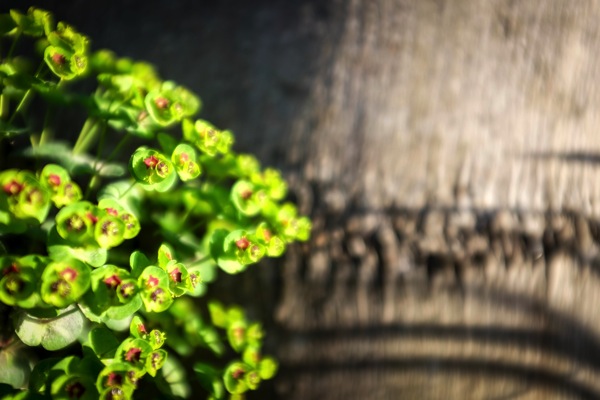no pain, no gain…?

One of my fondest memories from high school was hearing my cross country coach singing the phrase “no pain; no gain” as one of my cross country teammates (myself included) would fall off pace or give into the discomfort of a hard training run. It wasn’t that he was advocating us to ignore pain which signaled injury; he was simply challenging us to find a little ease in the midst of the discomfort that comes from pushing our edge. In this same manner Coach encouraged us develop a mental toughness which would help us overcome adversity such as a side stitch or an opponent pulling ahead. The lessons he taught us brought us success during our cross country meets and ultimately in our everyday life.
Over the years, his lesson of mental strength and discriminating assessment of physical aches and pains have helped me not to give up in my race when my goal was slipping out of reach or fatigue was getting the best of me. Even if I didn’t perform as well as I’d hoped, I took pride in not giving up – which made it easier to go out and try again and again. Although I am not currently running, the phrase “no pain; no gain” still has meaning – with continued discrimination of the “pain” part of the equation. In the past many months, my understanding that the process of breaking deeply ingrained patterns which no longer serve me can be painful has grown. I’ve come to appreciate the value of working through it.
For the first part of my yoga journey, my home practice would consist of moving into the postures that felt good and avoiding those which did not. That approached worked for a while but ultimately I started experiencing injuries. This selective sequencing became a thing of the past when I shifted to ashtanga. The set sequence does not allow for doing only what feels good. I’ve learned that it is equally, if not more, important to do these poses too. Working through it has value and, as Tim Miller says, “Avoidance is not the answer.”
In a recent yoga workshop, David Robson talked a little bit more on this topic. He reminded us that we get good at what we practice. If we are in the habit of slouching all day our body gets good at that and even changes physically to make it easier for us to sit and stand with poor posture. It’s when we try to reverse the process that discomfort surfaces. Suddenly the muscles of the back which have been stretched to allow us to round our backs and lean off to one side or another have to work while the muscles in the front of our bodies that have become overly tight have to learn to lengthen. It’s uncomfortable!
On the mat, the same process goes on.
Taking this concept to heart, and following to my teacher’s guidance, has allowed me to grow in my practice and learn about my body via these messages of pain. Whether it is my wrist’s urging me to pull my shoulders back so that they are over my wrist instead of out in front or my hamstrings tugging at the insertion points as a reminder to pull my sit bones toward each other as well as towards the front of my body (via mula bandhas), the discomfort allows me grow. It’s hard work and, often times, painful. But I truly believe that it is making a difference.
